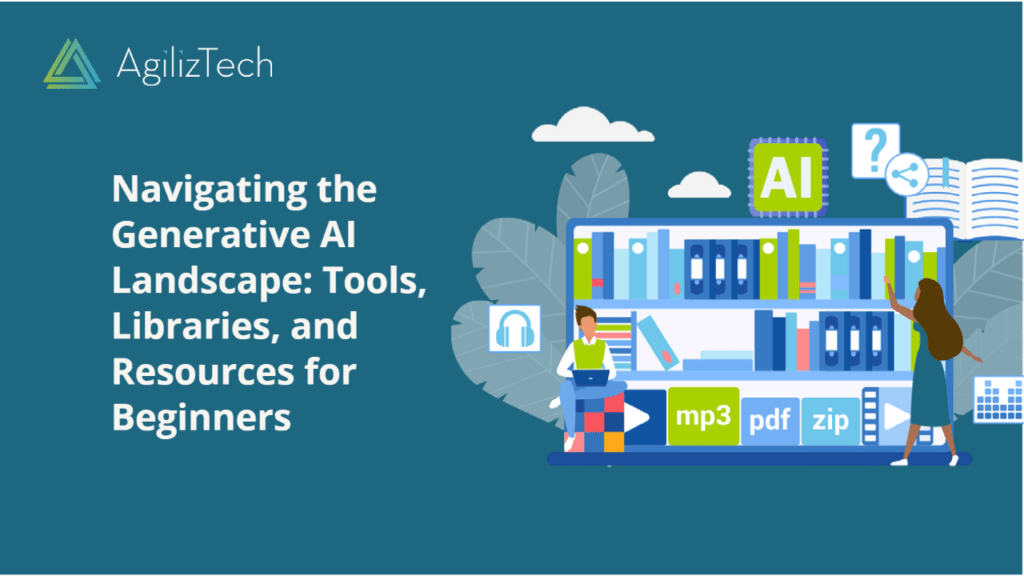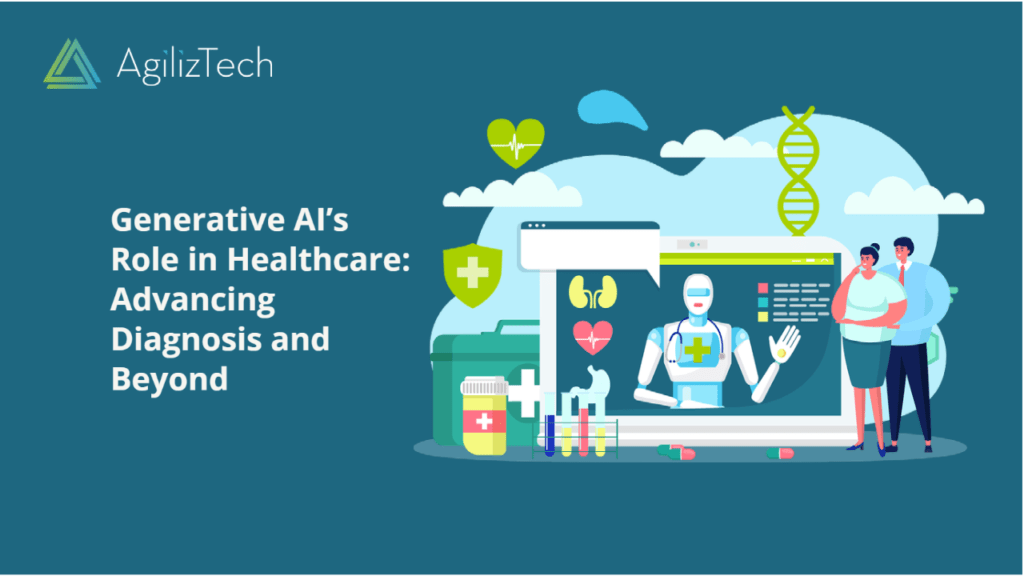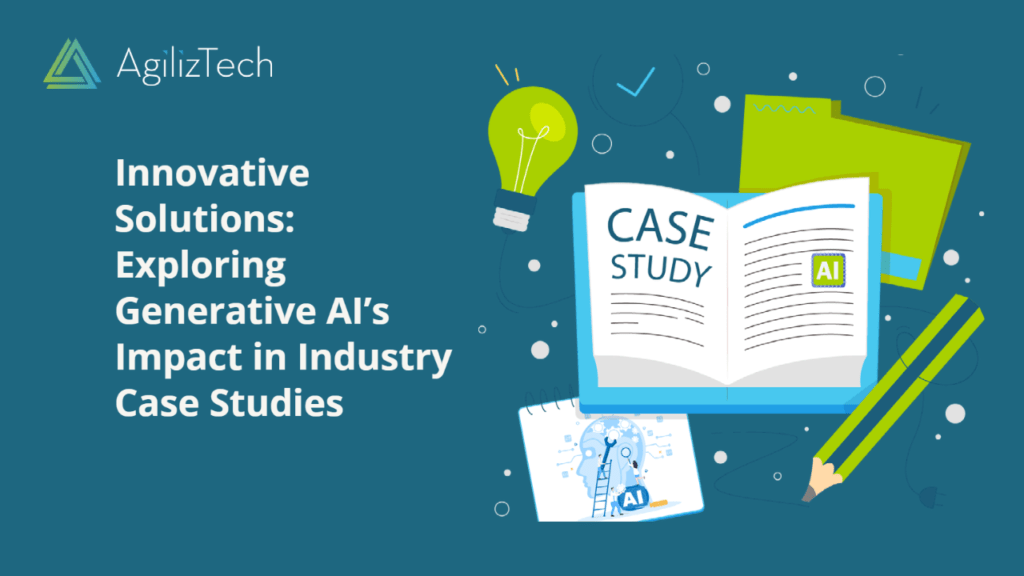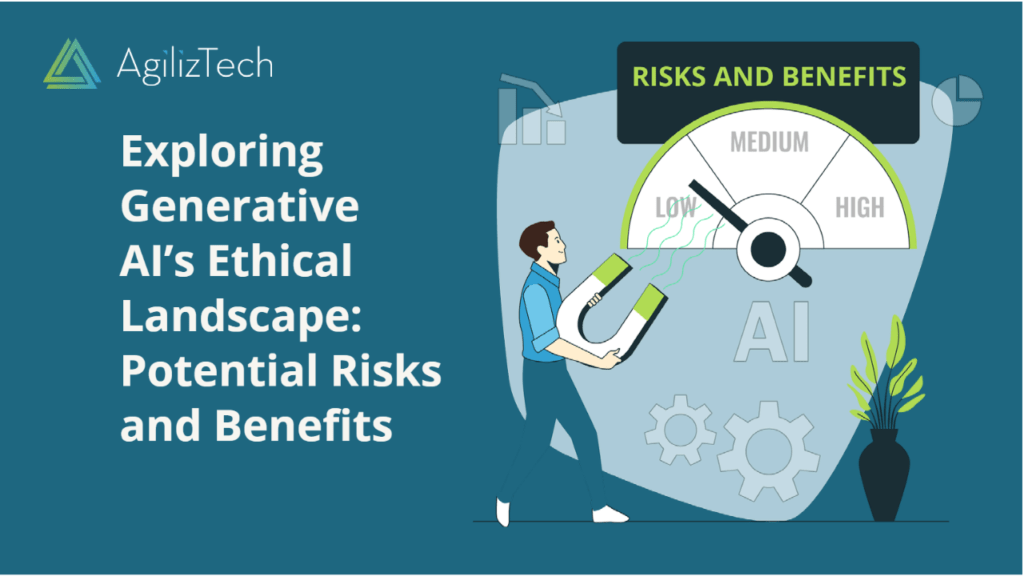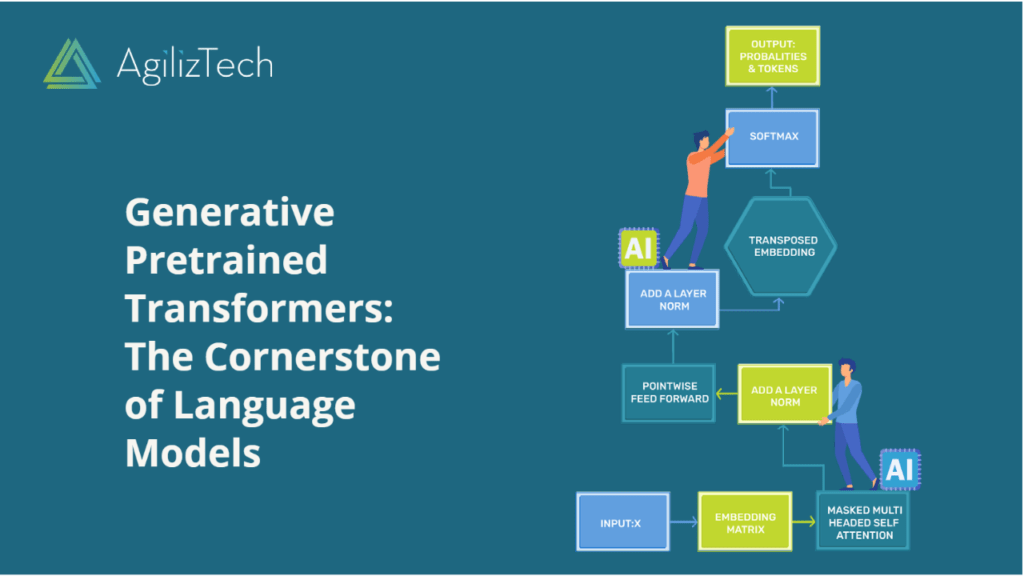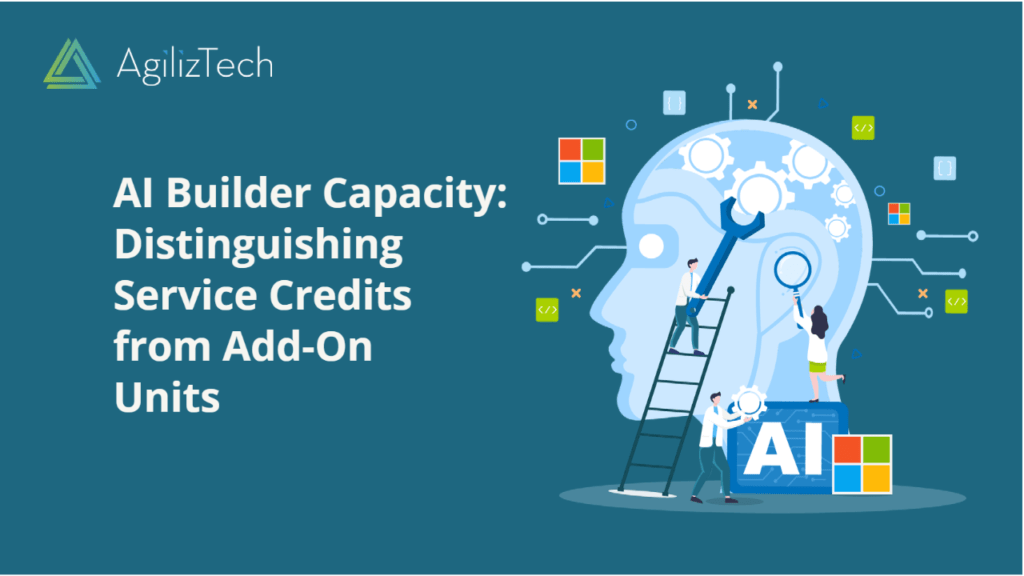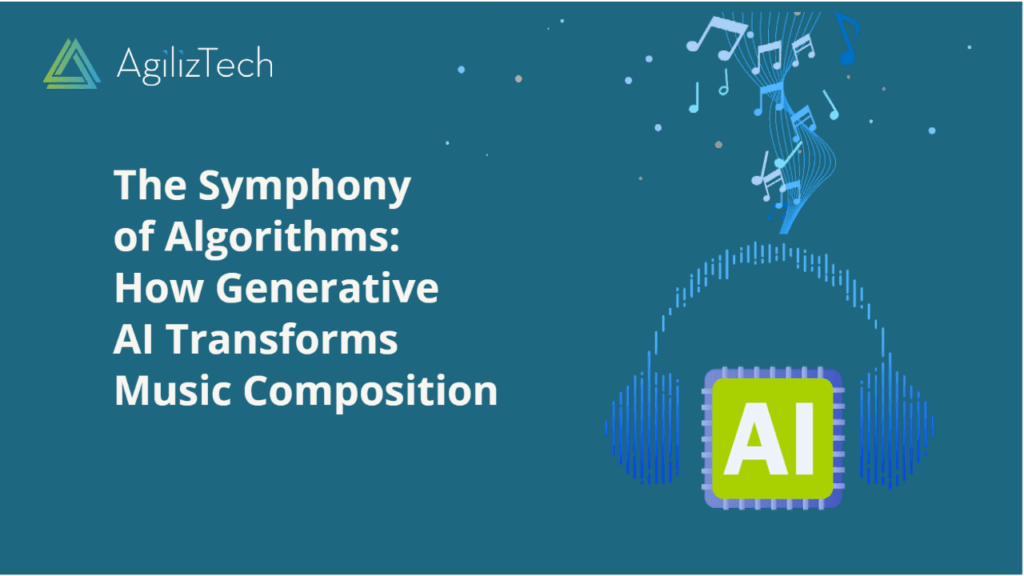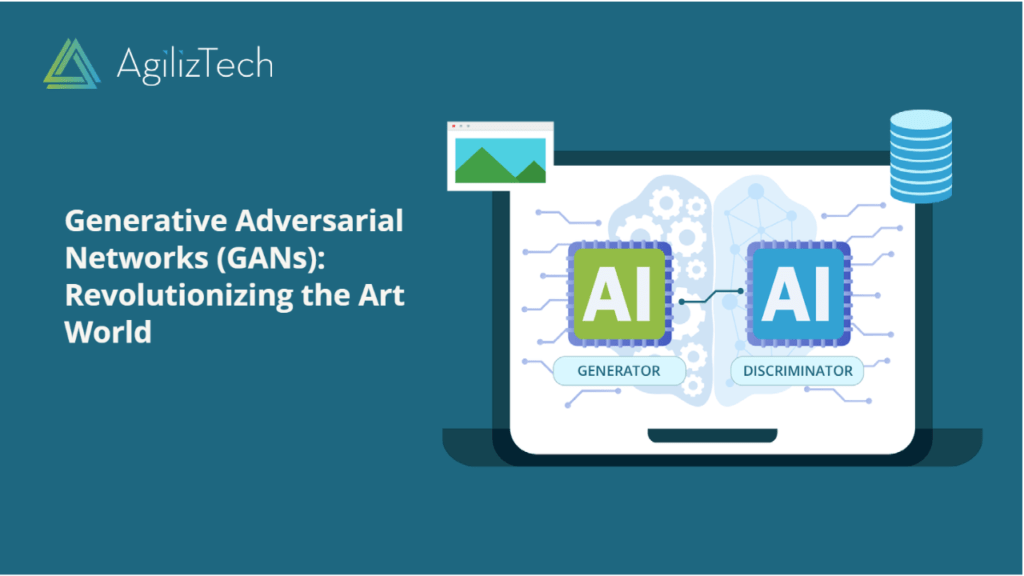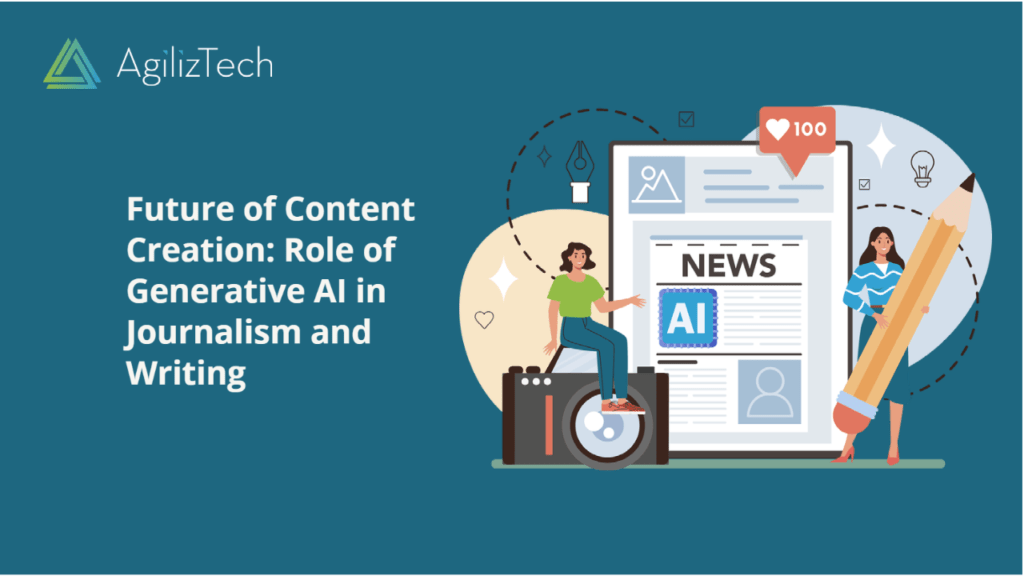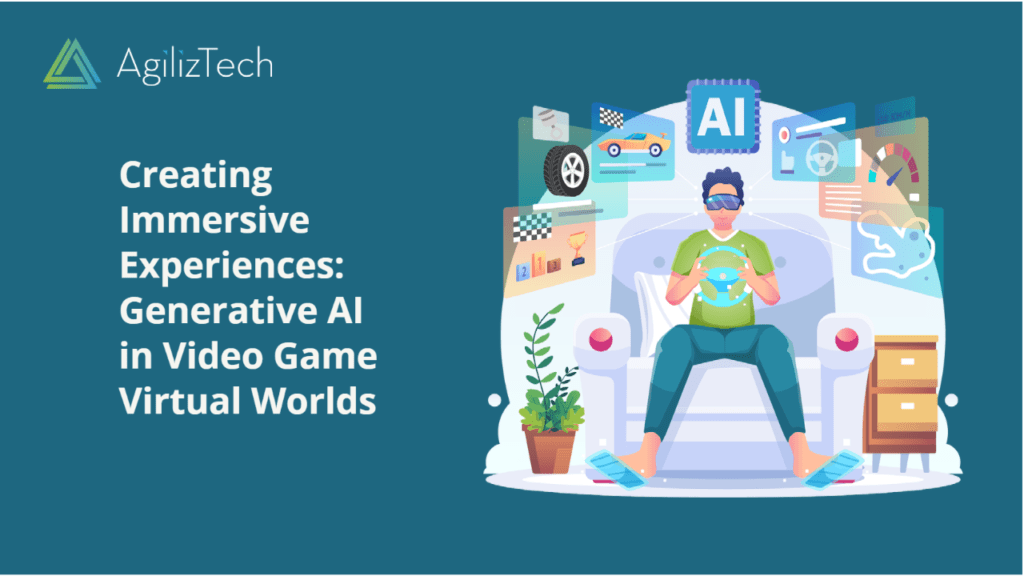Navigating the Generative AI Landscape: Tools and Resources for Beginners
Generative AI is a branch of artificial intelligence that focuses on creating new content or data from scratch. It can be used for various applications, such as image synthesis, text generation, music composition, and more. Generative AI is also one of the most exciting and rapidly evolving fields in AI research, with new models and techniques emerging every day.
But how can you get started with generative AI? What are the tools and resources that you need to learn and experiment with this fascinating domain? In this blog post, we will provide you with a list of some of the most popular and useful generative AI tools and resources for beginners. Whether you want to create your own art, music, or stories, or just explore the possibilities of generative AI, these tools and resources will help you along the way.
Generative AI Tools & Resources
Here are some of the tools and resources that we recommend for beginners who want to dive into generative AI:
TensorFlow
TensorFlow is an open-source framework for machine learning and deep learning. It offers a variety of APIs, libraries, and tools for building and deploying generative AI models. TensorFlow also supports TensorFlow Hub, a repository of pre-trained models that you can use for generative AI tasks, such as text generation, image synthesis, style transfer, and more. You can find tutorials and examples on how to use TensorFlow for generative AI on their website.
PyTorch
PyTorch is another open-source framework for machine learning and deep learning. It is known for its flexibility and ease of use, especially for research and prototyping. PyTorch also has a rich ecosystem of libraries and tools for generative AI, such as PyTorch Lightning, Torchvision, Torchtext, TorchAudio, and more. You can also access pre-trained models for generative AI from PyTorch Hub. You can learn more about PyTorch and generative AI from their documentation.
Hugging Face
Hugging Face is a company that provides state-of-the-art natural language processing (NLP) models and tools. They have developed Transformers, a library that offers hundreds of pre-trained models for various NLP tasks, including text generation, summarization, translation, sentiment analysis, and more. You can use Transformers to create your own text-based generative AI applications, or use their online playgrounds to experiment with different models and settings: https://huggingface.co/transformers/ You can also check out their blog for tutorials and tips on how to use Transformers for generative AI.
RunwayML
RunwayML is a platform that allows you to create and explore generative AI models without coding. You can choose from a wide range of models for image synthesis, style transfer, face manipulation, video generation, audio synthesis, and more. You can also mix and match different models to create your own unique generative AI projects. RunwayML is easy to use and fun to play with. You can sign up for free and start creating your own generative AI art.
Magenta
Magenta is a research project by Google that explores the role of machine learning in the creative process. It focuses on developing generative AI models and tools for music and art. Magenta offers several open-source libraries and applications that you can use to generate music, drawings, sketches, paintings, and more. You can also learn from their tutorials and blog posts on how to use Magenta for generative AI.
Conclusion
Generative AI is an exciting and rapidly evolving field that offers endless possibilities for creativity and innovation. With the tools and resources that we have listed above, you can start your journey into generative AI and discover its potential. We hope that this blog post has inspired you to try out some of the generative AI tools and resources that we have recommended. Have fun creating!
